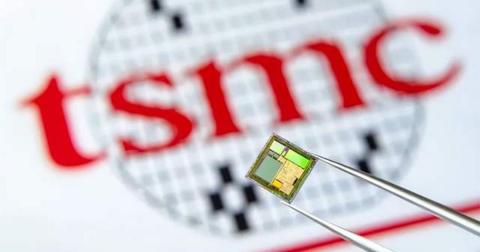
With major semiconductor companies racing to develop more advanced chip technologies, TSMC, Samsung, Intel, and others are ramping up their efforts to create smaller and more efficient chips.
One example of TSMC's efforts is the introduction of N2 and N2P process technologies, which offer improved performance and enhanced high-performance computing features. TSMC is also investing heavily in advanced packaging technologies, which are critical to improving chip performance and efficiency. The company is even building a new wafer production facility, Fab 20, which is set to start producing 2nm chips in the future.
Other companies, such as Intel, are not standing idle either, with a goal of advancing its foundry technology to 1.8nm by the second half of 2024. Moreover, the company has established a partnership with ARM to achieve this goal. However, some market analysts believe that there is uncertainty surrounding whether Intel can achieve this milestone and reach a break-even point, which will be a significant challenge for the company.
In addition, Samsung aims to produce 2nm chips with Gate-All-Around (GAA) technology ahead of TSMC. With the competition between chip makers becoming increasingly fierce, many companies are expanding their businesses by offering chip manufacturing services to other companies. For instance, Intel recently announced its re-entry into the wafer foundry business and aims to become a major player in this area. Similarly, Ample-Chip looks to engage in chip trading and ensure that companies receive the chips they require, when they require them.
Aside from advanced process nodes and packaging technologies, semiconductor companies are also looking into utilizing new designs and techniques to further improve their chip technology. For instance, TSMC plans to use copper RDL in place of the current aluminum RDL to improve the resistance of power transmission networks. The company will use SHPMIM capacitors, which have double the capacity density compared to the previous generation HDMIM capacitors. TSMC's N2 technology will make use of the SHPMIM capacitors and Cu RDL, which is expected to be used for HVM in the second half of 2025.
In conclusion, the competition between major semiconductor companies to develop incredibly small and efficient chips is driving technological advancements and innovation. As these companies compete, new technologies will undoubtedly emerge, and companies will need to adapt to stay ahead of the curve.


